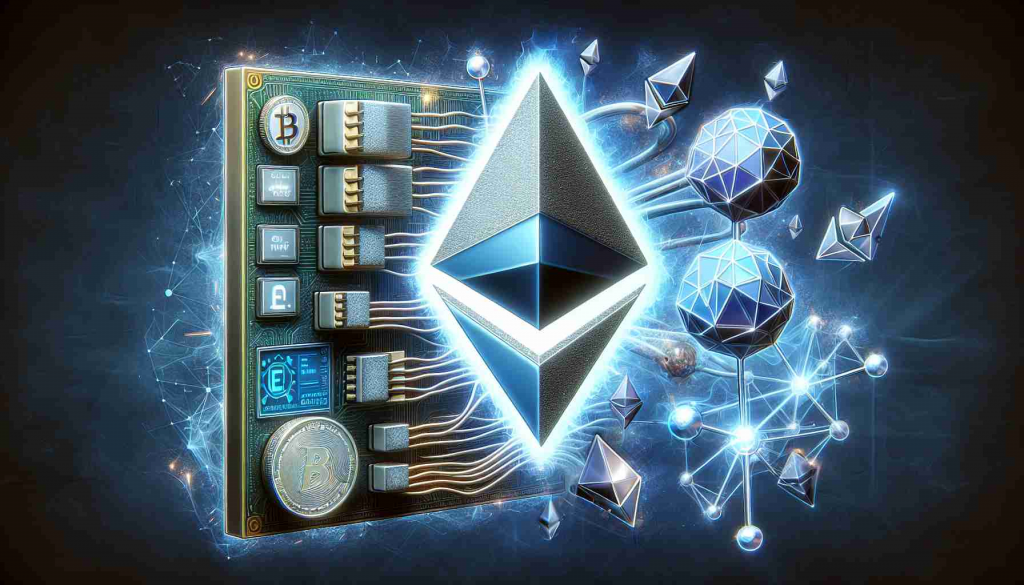
The rapid evolution of blockchains has paved the way for numerous innovations in data handling, but the integration of quantum computing with blockchain technology is a game-changer. Quantum blockchain combines unparalleled speed with unmatched security, addressing some of the most pressing challenges faced by traditional systems. For organizations and industries reliant on secure, lightning-fast operations, quantum blockchain is emerging as the next big leap in technology.
This article highlights the unique benefits of quantum blockchain, showing how it is reshaping the future of secure and efficient digital interactions.
Unleashing Unprecedented Speed
Where Traditional Systems Fall Short
Traditional blockchains—although efficient—often struggle with the high latency of transaction processing. With cryptocurrencies like Bitcoin, transactions may take several minutes or even hours to confirm during periods of heavy usage. Enterprise-level applications, requiring real-time responses, cannot thrive under such constraints.
Quantum Computing’s Speed
Enter quantum computing, a technology that performs calculations at speeds unimaginable for classical computers. Quantum blockchain leverages this power to rapidly verify and process transactions. By reducing computational overhead, quantum-based processing ensures transactions are completed in milliseconds rather than minutes.
Faster Consensus Mechanisms
Quantum blockchain accelerates consensus algorithms (e.g., Proof-of-Work or Proof-of-Stake) to validate transactions at lightning speed, even under heavy network loads.
Enhanced Throughput
Networks using quantum blockchains can manage exponentially higher transaction volumes compared to traditional methods. This promises scalability for future business and financial applications.
For industries like finance, e-commerce, and supply chain management, this speed offers a competitive edge, streamlining processes and reducing costs.
Unlocking Unmatched Security
Traditional Security Risks
Standard blockchain systems rely on cryptographic keys for security. While secure against most current threats, cryptographic methods can be exposed to risk as quantum computing advances. A sufficiently powerful quantum computer could theoretically break encryption algorithms relied upon by standard blockchains.
Quantum Blockchain’s Defensive Edge
Quantum blockchain doesn’t just leverage quantum computing for speed—it also uses quantum cryptographic techniques like quantum key distribution (QKD) to create an impenetrable level of security. This makes quantum blockchain inherently resistant to the very computing power that threatens standard blockchains.
Unbreakable Encryption
Algorithms used in quantum cryptography rely on the principles of quantum mechanics, which are nearly impossible to hack. For example, any attempt to intercept data during quantum key distribution automatically alerts the network and invalidates the transaction.
Resilience Against Future Threats
Quantum blockchain is “future-proof,” meaning it can resist current and upcoming threats posed by advanced quantum computers attempting to manipulate transactions.
By adopting quantum blockchain, organizations can safeguard sensitive transactions and records in an environment resistant to evolving cyber threats.
Benefits Across Industries
The adoption of quantum blockchain benefits a wide range of industries:
Finance
Financial institutions can offer faster transactions and more secure payments to their clients, eliminating risks like data breaches or transaction delays.
Healthcare
Patient records and data-sharing processes are made secure from external threats, ensuring compliance with stringent privacy regulations.
Supply Chain Management
The technology ensures real-time tracking and secure transactions across a global supply network, improving operational efficiency.
Governments
For governments handling sensitive communications, quantum blockchain safeguards classified information while enabling efficient communication networks.
